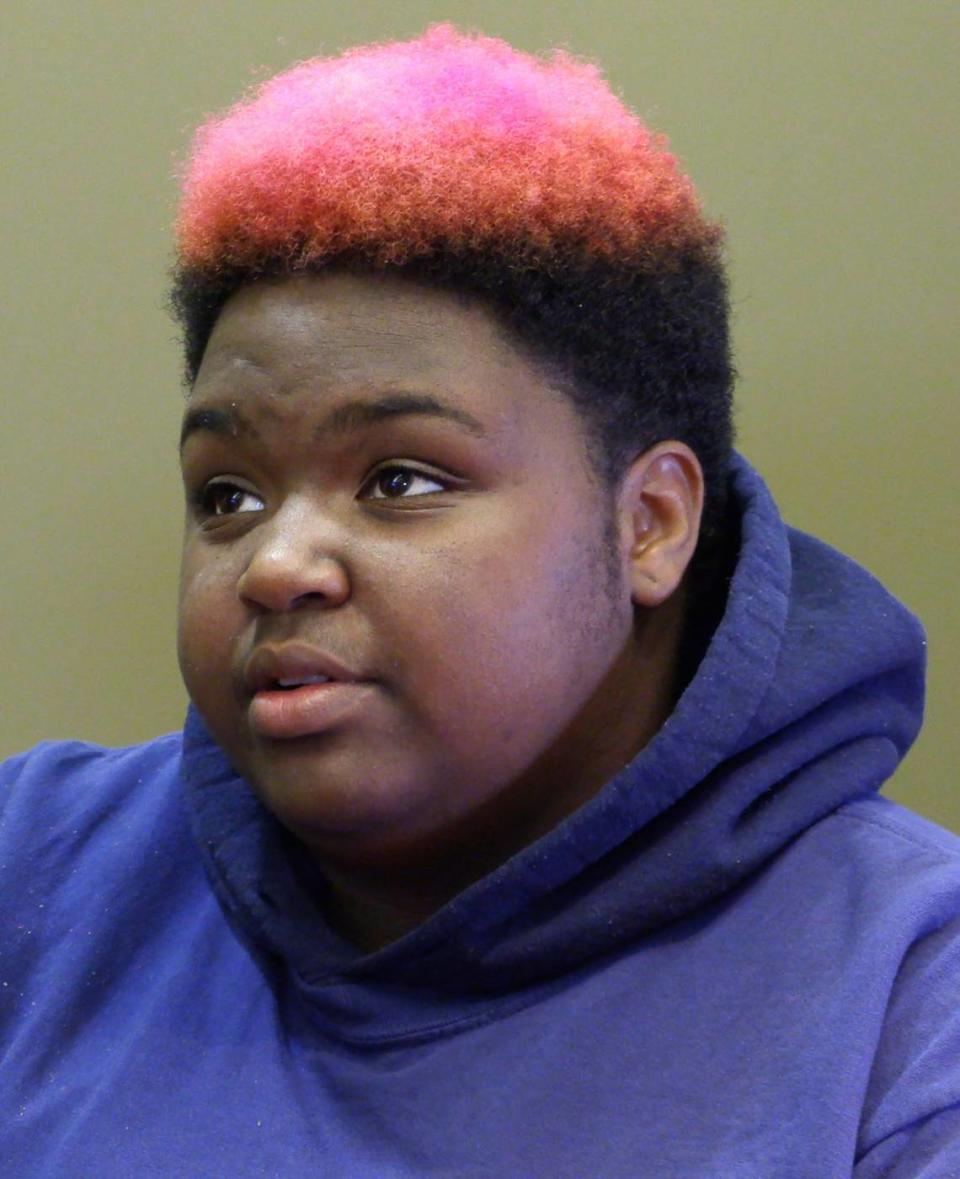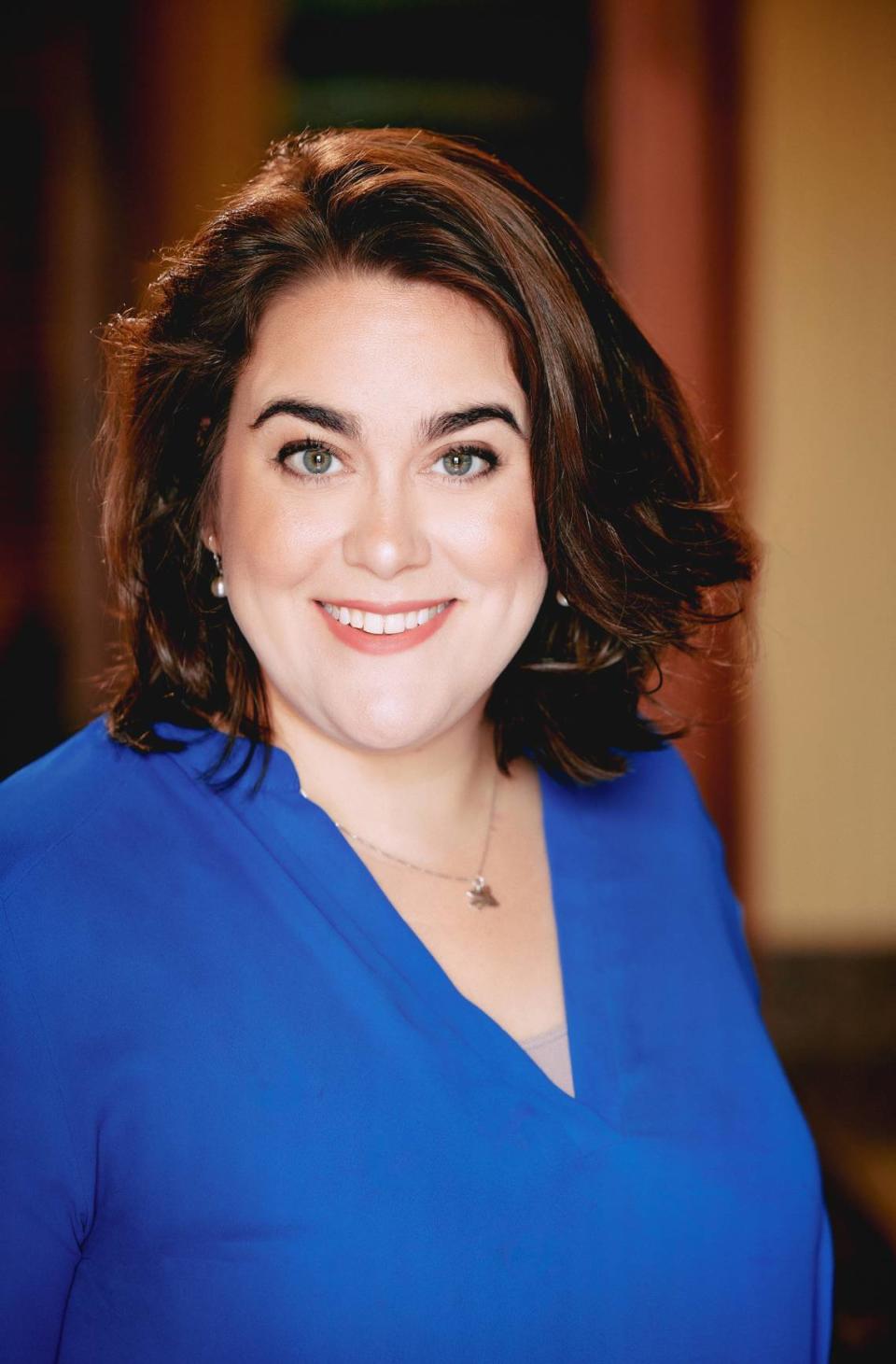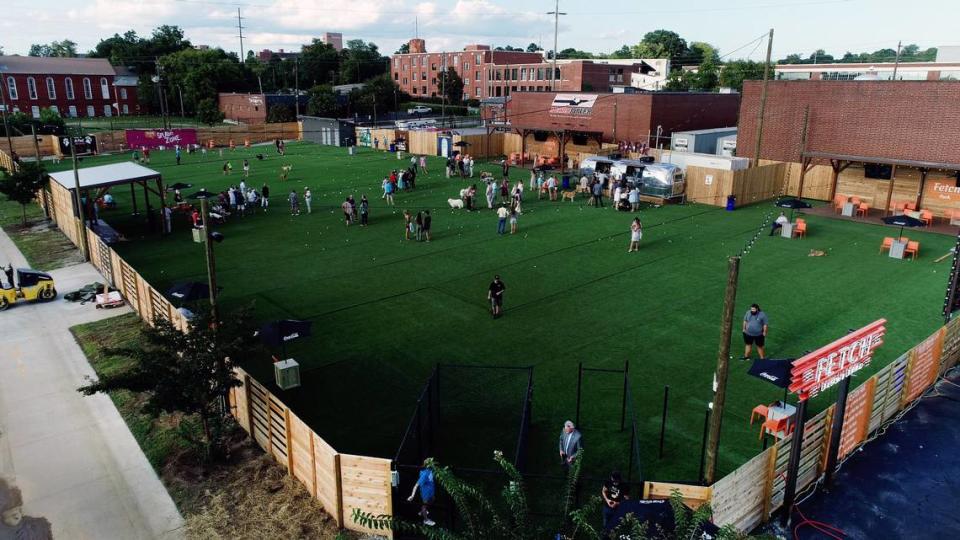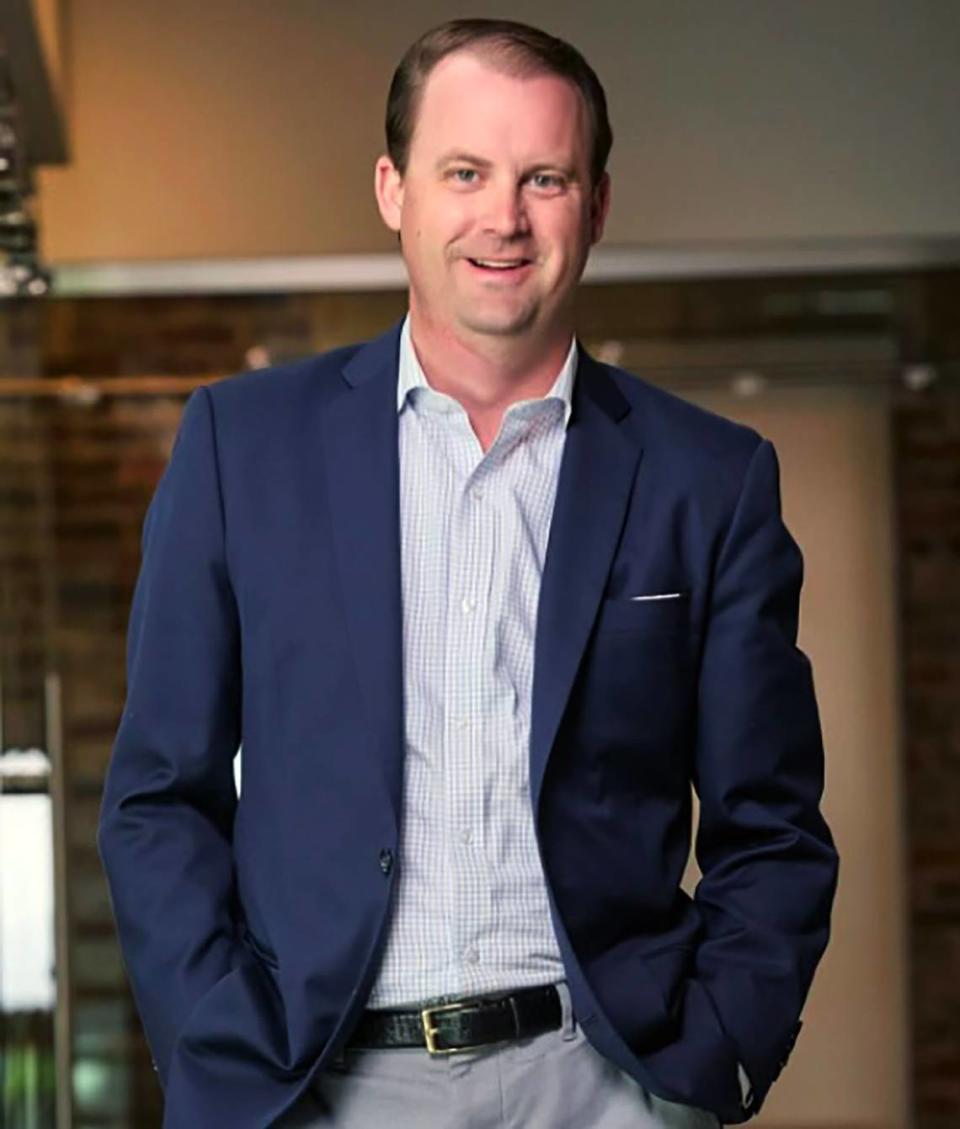Here’s what a team of young Georgia professionals suggested to fix Columbus problems
Earlier this year, a group of 45 young professionals took on the challenge of tackling four of Columbus’ most challenging problems before proposing a dozen solutions the city could enact to address them.
The four challenges given to them by a committee of local leaders included:
Helping residents connect with the community
Attracting investment from industries and encouraging entrepreneurship
Retaining young professionals in Columbus
Addressing income disparity and economic mobility in South Columbus
The Young Gamechangers is an eight-month leadership program hosted by the organization GeorgiaForward where participants research issues in a community and collaborate to develop initiatives to address the problems.
The concept was born out of a forum hosted by GeorgiaForward that brought together subject matter experts from a variety of areas across the state to bridge the rural and metro divide in the state, managing director Sadie Krawczyk told the Ledger-Enquirer.
“Metro Atlanta has incredible resources, numbers and industry,” Krawczyk said. “But when you look at the rest of Georgia, there’s a huge disparity in educational attainment, healthcare access (and others).”
Columbus is the state’s second largest city with approximately 200,000 inhabitants.
They split the Young Gamechangers into four groups, each working on one of the four challenge questions and providing three initiatives to address each issue that the city could implement. The city’s mayor welcomed the help.
“We were really, really grateful that they wanted to come to Columbus, Georgia as we continue to try to provide services to the citizens to try to affect some major sociological challenges,” Mayor Skip Henderson told the Ledger-Enquirer.
He expects officials in the local government to begin vetting the initiatives proposed by the Young Gamechangers after New Years. Some of their suggestions could be put in place quickly, he said, while others would take longer.
“We’re looking forward to using some of the suggestions and ideas that they put forth to try to affect some change in the way we are doing some of the things here in Columbus,” Henderson said.
Over the next few weeks, the Ledger-Enquirer will be examining the initiatives the Young Gamechangers proposed based on the four challenge questions presented to them.
But this story will be focused on the proposed initiatives for retaining young talent in Columbus.
Fountain of Youth
One 11-member Young Gamechangers group, Fountain of Youth, faced the challenge of how to retain young professionals in Columbus.
The expected population in Atlanta is expected to grow by 2.9 million people in 2050, according to the Young Gamechangers’ report, while the population in Columbus is expected to decline by 41,000.
Approximately 42% of the population in Columbus is between the ages of 15 and 44, according to data from the United States Census Bureau.
A group of students attending Turner College of Business & Technology at Columbus State University spoke with the Ledger-Enquirer about why they may or may not remain in Columbus and what they thought about the proposed initiatives.

A junior computer science education major, Alexander Johns, expects to stay in Columbus to teach in the Muscogee County School District. Johns grew up in Douglasville, she said, which didn’t offer much for a young person to do.
But Columbus has the best of both worlds, Johns said.
“I feel very supported by this community,” she said. “And I feel very attached to it. I want to make it better.”
Another student majoring in business, Lillian Patterson, explained that she is really interested in international business after studying abroad. While she wouldn’t mind Columbus being a home-base, Patterson hopes to get a job that would at least allow her to travel.
The initiatives the Young Gamechangers proposed included an accessible leadership program, revitalizing community districts and revisiting the idea of a high speed rail connecting Atlanta and Columbus.
“The goal is that people will get excited about the ideas in such a way that they feel like, “Oh my gosh, I want to see this happen.,’” Krawczyk said.
Leadership Development Program
The first proposal by the Young Gamechangers is a 12-week leadership development program called Columbus Made that allows young professionals to learn, grow and engage in their communities.
A current leadership development program, Leadership Columbus, is geared towards professionals who are already in positions of authority rather than people who want to learn leadership skills early in their careers.
Dubbed “Columbus Made,” the proposed initiative would target people early in their careers to provide skills, encourage participants to be involved in the community and give them a pipeline to move into further training, formal leadership roles and potentially run for public office.

Becca Covingington was part of the group that wrote the Fountain of Youth section. She previously served as communications director for the Columbus Mayor’s Office before joining Townsend Wealth Management as an operations manager.
Making Columbus Made more accessible for people who would not otherwise take part in similar leadership development programs like the Young Gamechangers or Leadership Columbus was a priority for the group, Covington told the Ledger-Enquirer.
“I can find leadership (development) opportunities,” Covington said. “But how do we reach the people who aren’t already doing that?”
CSU students found the idea of this program intriguing, but some wanted to be sure the time put into such a program would have a practical impact on advancing their careers.
Sophomore Millie Adams thought it was important that employers were bought into the value of the development training otherwise there would be little benefit to participants.
This issue was something her group took into consideration, Covington said, and discussed the program with both big and small companies in Muscogee County.
“(We talked about) what kind of leadership do you want,” she said. “What do you want your employees to learn? What is valuable to you?”
Revitalizing a community district
The second initiative proposed by the Fountain of Youth group was to revitalize districts to make places for young people to live, work and play.
These districts would help develop a sense of community among Columbus residents, according to the report, and additional focus would need to be placed on military families associated with Fort Moore.
“Currently there are very few options for military families to remain in Columbus after their service,” the report reads. “This focus would be to help cultivate those individuals to become a vital part of our community.”

Districts that could be revitalized for young people include Anderson Village, Midcity Yards and Liberty Heritage District.
Overall, students at CSU said having more places to go for entertainment in Columbus would help. But Johns warned developers should be careful to avoid gentrification.
“We can’t encourage people to come to Columbus while alienating the people who are already here,” she said.

One member of the Young Gamechangers, Martin Huff, a partner in the Columbus-based real estate development company The Cotton Companies, is in the position to be a part in seeing a project like this come to fruition.
Huff feels a responsibility to be involved in revitalization efforts in Columbus, he said, and the Cotton Companies have already begun developing Midcity Yards. Entertainment businesses such as Fetch Park Columbus and Scofflaw Brewing Columbus have already opened in the development.
“This is a question that we’ve decided to answer and actually put forth that investment,” Huff said.
High speed rail
Fountain of Youth’s last proposed initiative is to reintroduce the idea of constructing a high speed rail between Atlanta and Columbus as part of a larger state high speed rail project.
“As we have learned more about the environment, and gas has gotten more expensive, public transportation is not becoming less viable,” Covington said. “It’s becoming more viable.”
Post-COVID many employees can do their job with a combination of remote and in-office work, the report said, and a high speed rail connecting the two cities could give young professionals more freedom when looking for a community to live in.
Columbus could serve as a place that meets the needs of millennials while allowing them to easily commute to Atlanta. CSU freshman Bryan Ramos Lucas, could see the benefits of improving public transportation with a high speed rail.
“I think it’s nice since in Atlanta there are more companies,” Lucas said. “(There is) maybe more opportunities for jobs.”
It’s important to understand that this proposal by the Young Gamechangers is not to immediately break ground on a high speed rail, Covington said.
Columbus was doing a lot of studies looking into high speed rail in the past, she said, with a feasibility study conducted in 2014 that found it would be viable.
“Our group’s suggestion is that Columbus needs to be in the conversation,” Covington said. “There needs to not be a discussion about high speed rail in Georgia where someone at the table doesn’t mention Columbus.”
Amtrak has a proposed route through Georgia that would go from Atlanta to LaGrange and across to Auburn, AL leaving Columbus out of the equation, she said.
“We’re the second largest city in Georgia,” Covington said. “And we’re not on maps. We can literally put ourselves on the map.”

